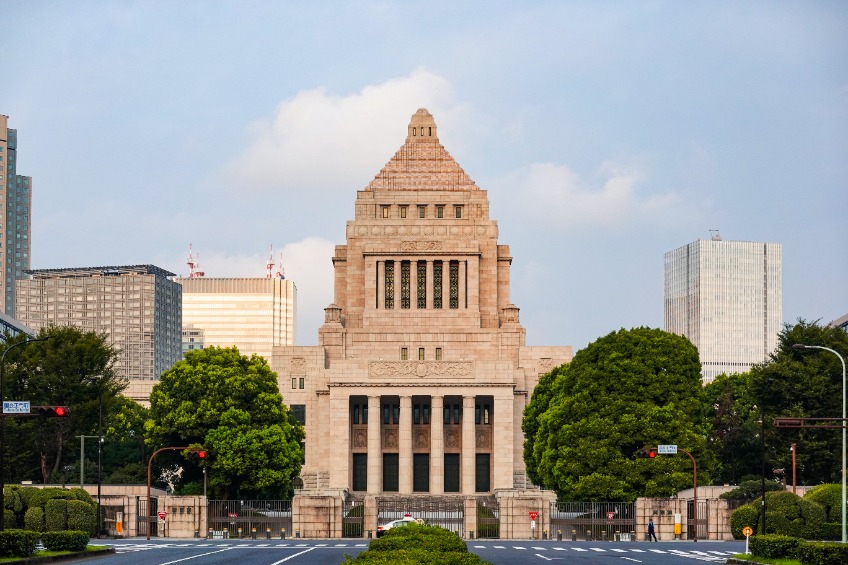Japan government type

Japan Government Type
What type of government does Japan have?
Type of government in Japan
Japan is a constitutional monarchy with a parliamentary government system.
The current constitution was adopted in 1947 after Japan’s defeat in World War II and has been in effect ever since. The Emperor of Japan serves as a ceremonial figurehead, while the government is run by elected officials.
The government of Japan is divided into three branches: the executive, legislative, and judicial branches.
The executive branch is headed by the Prime Minister, who is appointed by the Emperor and approved by the Diet, Japan’s parliament. The Prime Minister is the head of government and is responsible for implementing policies and managing the affairs of the country. The Cabinet, which consists of the Prime Minister and other ministers, is responsible for the day-to-day administration of the government.
The legislative branch of Japan is called the National Diet, which is made up of two houses: the House of Representatives and the House of Councillors. Members of the House of Representatives are elected by popular vote every four years, while members of the House of Councillors are elected for a six-year term. The National Diet is responsible for making laws, approving the national budget, and ratifying treaties.
The judicial branch of Japan is independent of the other two branches of government and is headed by the Supreme Court. The Supreme Court is the highest court in Japan and is responsible for interpreting the constitution and deciding cases that are appealed from lower courts.
The Japanese political system is characterized by a strong bureaucracy, which plays a significant role in the decision-making process. The bureaucracy is made up of career officials who are appointed based on merit and serve as advisors to elected officials. The bureaucracy is responsible for implementing policies and managing government programs.
In recent years, Japan has experienced political instability, with frequent changes in government leadership. The Liberal Democratic Party (LDP) has been the dominant political party in Japan since its formation in 1955. However, in recent years, the LDP has faced challenges from other parties, such as the Democratic Party of Japan (DPJ) and the Japan Restoration Party (JRP).
In conclusion, to the question of what type of government does Japan have, the answer is Japan is a constitutional monarchy with a parliamentary government system. The government is divided into three branches: the executive, legislative, and judicial branches. The Prime Minister is the head of government, while the Emperor serves as a ceremonial figurehead. The National Diet is responsible for making laws, approving the national budget, and ratifying treaties. The judiciary is independent of the other branches of government and is headed by the Supreme Court. The Japanese political system is characterized by a strong bureaucracy, and the dominant political party is the Liberal Democratic Party.










